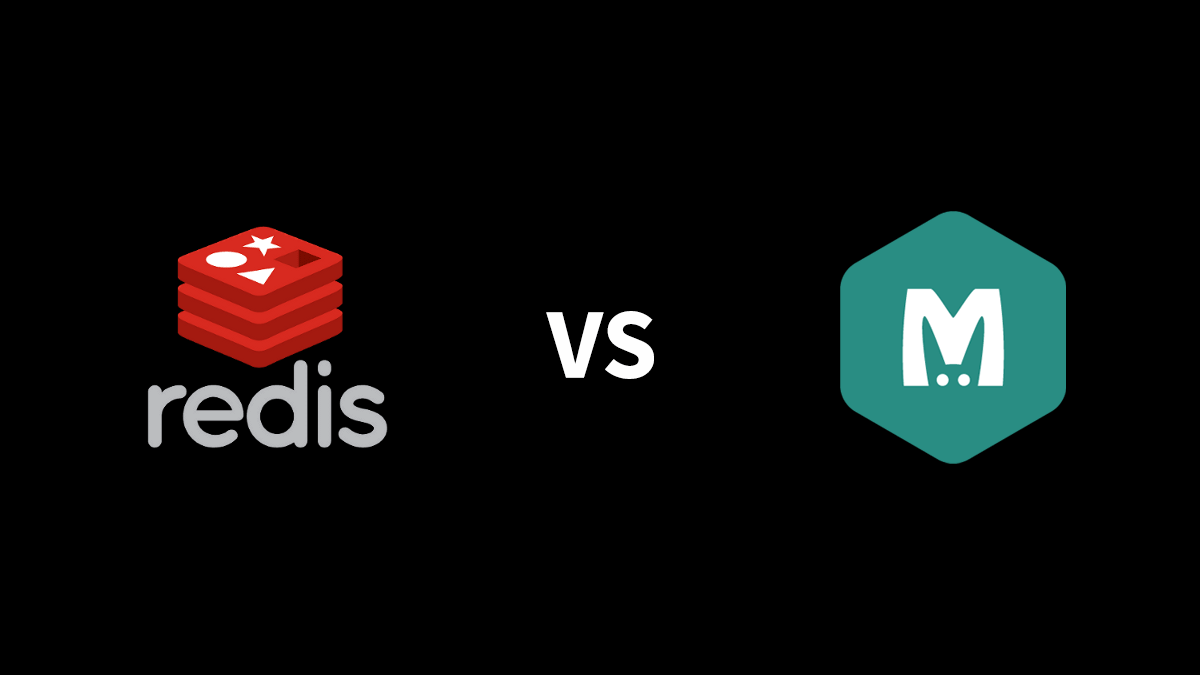
In the quest to optimize web application performance, effective caching methods are essential to minimize latency and boost the overall user experience.
Redis and Memcached are two prominent players in the in-memory caching arena. They both are very powerful Caching solutions. However, they each bring unique features, capabilities, and use-cases to the table, making them suitable for different situations.
Which Caching System is Superior?
Redis, an open-source, in-memory data structure store, is renowned for its versatility. It supports a variety of data structures, giving developers a wider array of options for data manipulation and storage. Redis also features replication, which simplifies the creation of multiple Redis replicas, thereby enhancing data availability—a significant benefit for fault tolerance and data durability. Furthermore, Redis supports transactions, ensuring a series of commands are executed as a single isolated operation.
One of the standout features of Redis is its support for persistent storage, which guarantees data survival even after a system restart. This is accomplished through snapshots and the append-only file (AOF) system, which protects data. Additionally, Redis has Pub/Sub capabilities, making real-time messaging between servers easier.
In contrast, Memcached is a high-performance in-memory key-value store primarily used for caching objects to accelerate dynamic web applications by reducing database load. Its design is simpler, prioritizing simplicity and raw speed over a broader set of features.
Memcached is multithreaded, capable of managing multiple client connections simultaneously, providing an advantage in situations that require high parallelism. Another key aspect of Memcached is its LRU cache eviction strategy, which enables automatic deletion of the least recently used items when the system runs out of memory, thereby keeping the most frequently accessed data available.
However, Memcached's data is not persistent, and it doesn't support replication or complex data types, focusing solely on simple key-value pairs. It lacks features like transactions or pub/sub models that Redis provides. Nonetheless, for many applications, its straightforward design is not only sufficient but also beneficial.
3 Reasons to Opt for Redis Over Memcached
Broadened Data Types: The number one reason to consider Redis over Memcached is its ability to handle a wider range of data types. Redis offers functionality beyond simple key-value store, making it an attractive choice for many developers.
Persistent Storage: Redis possesses a persistent storage feature, enabling the system to write the data into the disk which can be beneficial in case of a complete system failure.
Pub/Sub Capabilities: Redis provides a pub/sub mechanism for real-time notifications, enabling the sending of messages to multiple subscribers at the same time, a feature Memcached lacks.
3 Reasons to Choose Memcached Over Redis
Out-and-out Free: The number one reason to select Memcached over Redis is its complete absence of cost. Redis can also be free for certain use cases, but commercial versions with additional features do exist.
Simplicity: Memcached is often perceived as more straightforward and easier to implement than Redis. The simplicity of Memcached makes it an excellent choice for simple caching requirements.
Efficiency: Memcached shines in the use of resources, often providing better raw performance for simple get/set operations than Redis.
So what's the bottom line?
The decision between Redis and Memcached hinges on the specific requirements of the application. If your application requires a simple, high-speed caching solution and can tolerate data loss in the event of a restart, Memcached might be the right choice. Its straightforward key-value caching system and multithreaded architecture make it well-suited for read-heavy workloads that require speed and efficiency.
On the flip side, if your application requires more complexity, such as multiple data structures, data persistence, replication, or real-time messaging, Redis would be the better choice. While it may not be as straightforward as Memcached, Redis's flexibility and versatility make it a robust tool for a variety of use cases.
In conclusion, both Redis and Memcached provide valuable caching solutions for enhancing web application performance. While their core function—storing data in-memory to expedite access—is the same, their distinct features and capabilities mean they each shine in different scenarios. Understanding these differences is crucial to making the right choice that best aligns with your application's requirements.
